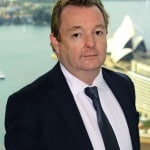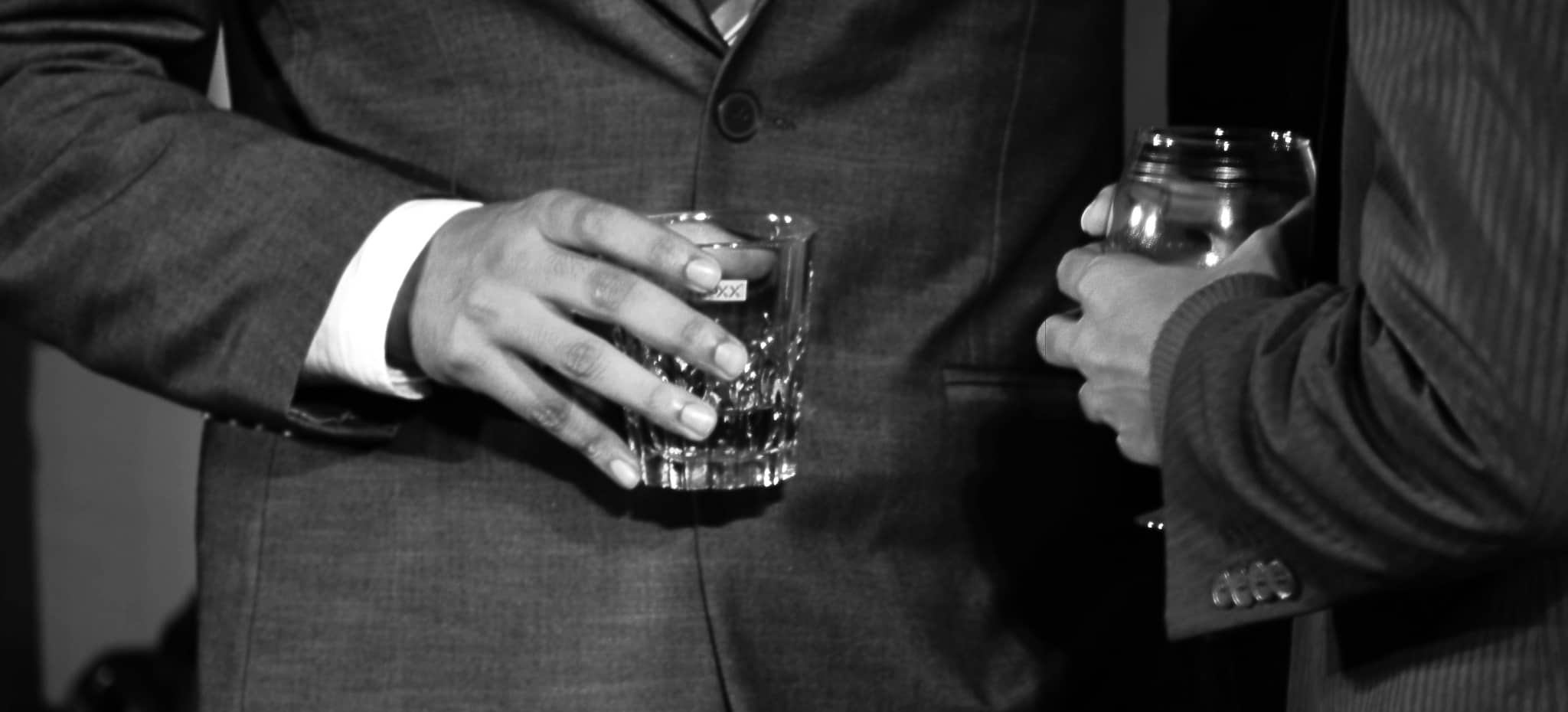This article was written by Geoff Last, Director of Institutional Liquidity Sales at Invast. Invast is a multi-asset global brokerage firm.
The first lesson I learnt from my earliest mentor in FX was to build a network – the industry is all about relationships.
That was back in the early 1980’s and I had managed to find my way to the epicentre of the FX industry in Asia. The Australian dollar had just joined the ranks of the floating currencies and I had been chosen by the largest Australian bank to run the Australian dollar trading desk.
It was the Wild West of trading – and I was a young kid with a shock of long blonde hair and a fashionable (in those days) moustache to match. With cigarette smoke constantly wafting through the air and every seat filled with a stern-faced trader, the dealing room was more like a saloon than an investment bank office. But I walked in, with the bravado of youth, feeling ten foot tall and bullet-proof.
In the FX industry, without relationships you are history.
That didn’t last long.
Soon enough, the chief dealer, a straight-talking veteran banker with a big heart and a risk appetite to match, strolled over to me to impart some well-worn wisdom: “Son, in this game, it ain’t what you know – it’s who you know”.

Geoff Last, Director of Institutional Liquidity Sales, Invast
In those days, banks were trading with each other directly. Banks would call each other (either over telephone or Reuters terminal) for 'two-way' prices in currency pairs in defined amounts. For example, some days you might receive over a thousand calls for “Aussie in ten” (i.e AUD/USD in ten million) from various investment banks around the world.
At times, you could have 10 or 20 calls lined up waiting for a quote. There was essentially an unwritten agreement that you would quote a certain spread within a certain timeframe (e.g 5 pips within 5 seconds). The liquidity you had available to you as a trader (how many banks would quote you, and how quickly) depended on your 'relationship' with the banks. Mainly this depended on how quickly and consistently you quoted other banks when they called you – but it also depended on the personal relationships you cultivated with the other traders.
In such an environment, you had to learn who you were dealing with and what type of relationship you wanted to have with them. Certain banks were lethal and you soon learned not to hold onto any position they gave you.
I know each of my Liquidity Providers personally.
Despite traders being aggressive toward each other in trading, you built a relationship with each other. A bank that had you over (cost you cash) in the morning could be your best friend in the afternoon. What happened 'on the field' as they say, 'stayed on the field'.
Let me share with you a particular experience from the early days.
I was working for the large Australian bank that I mentioned earlier, but I was running the 'Dollar Yen' book at this time.
I had been 'run over' by an American bank out of Singapore in the morning and was feeling deflated. I was down $250k and exhausted from the flurry of quoting and covering. But, I had maintained my relationships by being consistently quick to quote all the other banks, particularly the American Bank, throughout the morning’s volatility.
And things were about to change in the afternoon.
A mate of mine had recently moved to South Africa to a British bank. He had a client in South Africa who loved to punt big in FX. A South African whale – I still love that species.
He contacted me early morning South African time (Asia afternoon) to see if I could price him USD/JPY in large.
Naturally I obliged.
The liquidity you had available to you as a trader depended on your 'relationship' with the banks
As I’ve mentioned, back then it was all about managing liquidity and knowing where to go when you were hit for size. I knew exactly where my outs were in all major currencies and how much I could shift at any one time.
With the American bank in Singapore I had a $50m relationship. In other words we could trade with each other in $50m amounts without question. We would quote each other a 5 pip spread in $50m quickly (hence my morning losses).
Needless to say the American bank in Singapore was on the receiving end of a barrage of USD/JPY flow. I made my losses back and a little more. When the dust settled, the American Bank trader called through for one last quote in “JPY 10”. When I picked up his call, he didn’t wait for me to quote, but simply typed:
“Touché! Hahaha …”
We’ve been great mates ever since.
In the FX industry, without relationships you are history.
Fast forward to the present day and the technology may have improved, but the rule still applies. It’s all about your relationship network.
Despite traders being aggressive toward each other in trading, you built a relationship with each other.
I know each of my liquidity providers (LPs) personally. I know their currency strengths and weaknesses. Most of the guys running the investment bank trading desks who price us, and our competitors, are friends that I have traded with (or against) for over 30 years. I speak with them daily and work closely with them to ensure the streams they are providing to our clients are optimised for each individual client’s needs.
While a tight top-of-book is important, it’s not all about that. Depth, response time, consistency of spread through all market phases and a willingness to provide bespoke streams for particular clients – all are very important for any prime-of-prime broker.
It’s a lot easier to stay in touch with my industry mates nowadays - with cheap flights, mobile phones, Skype and various chat services.
But hey, I do miss those good old days…

















